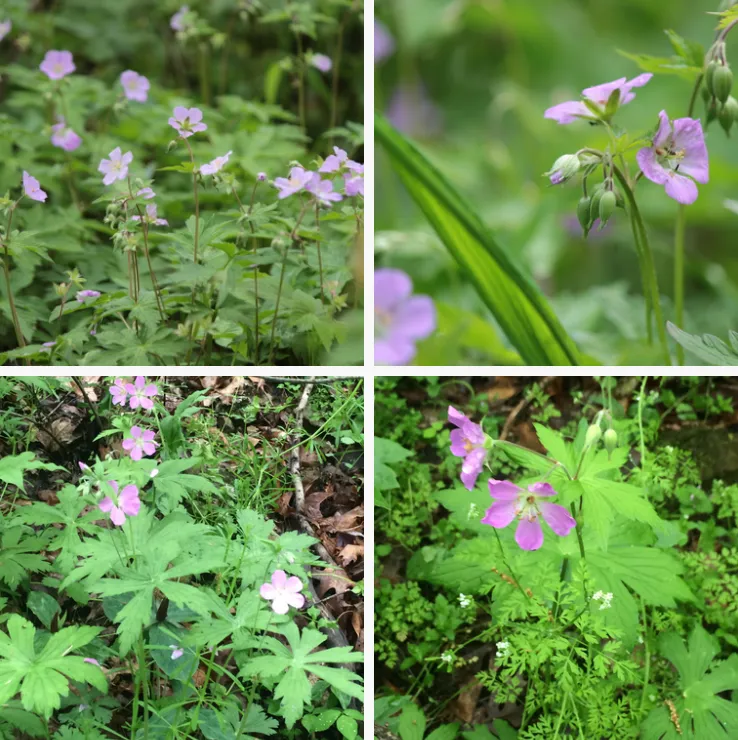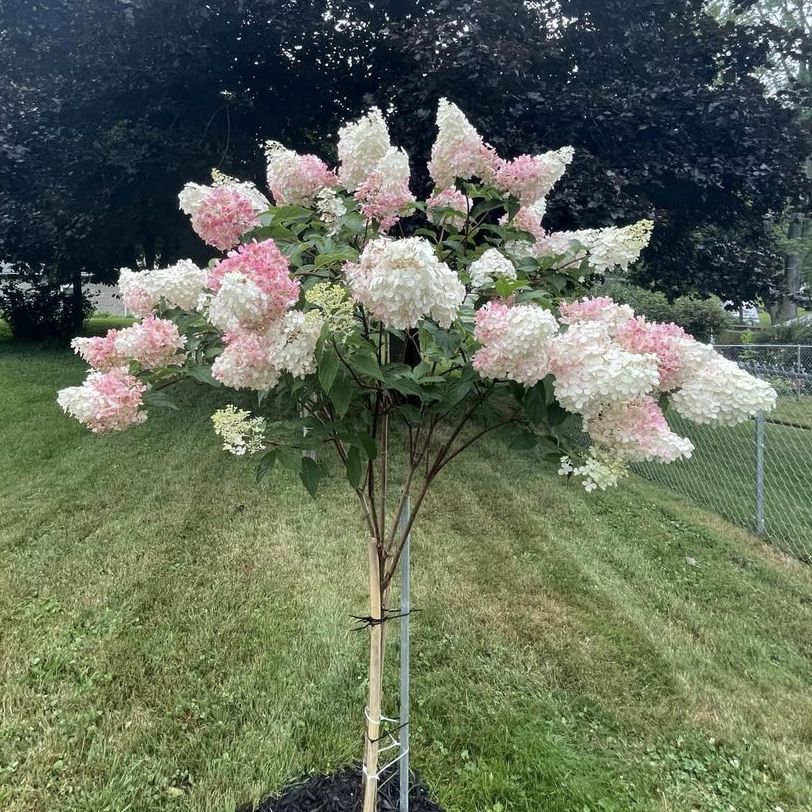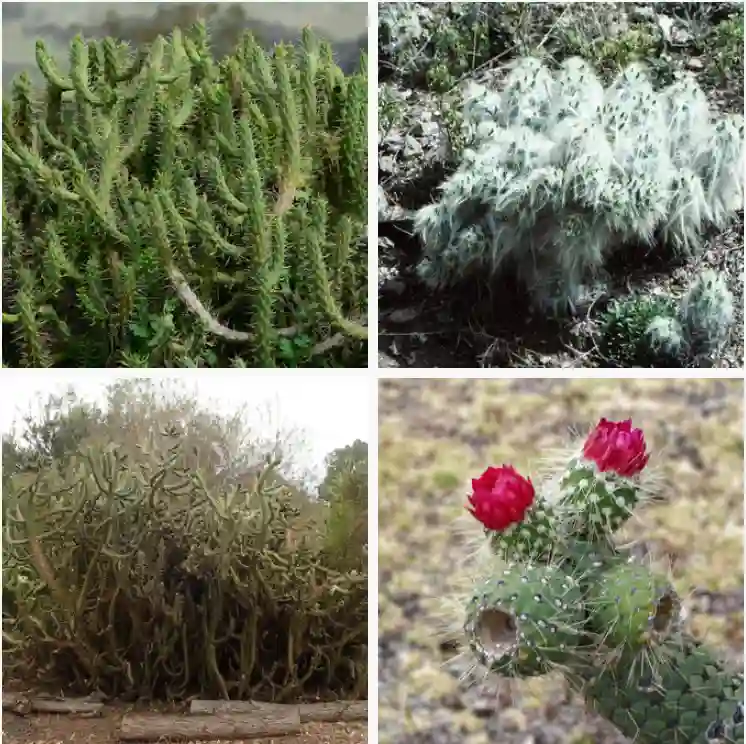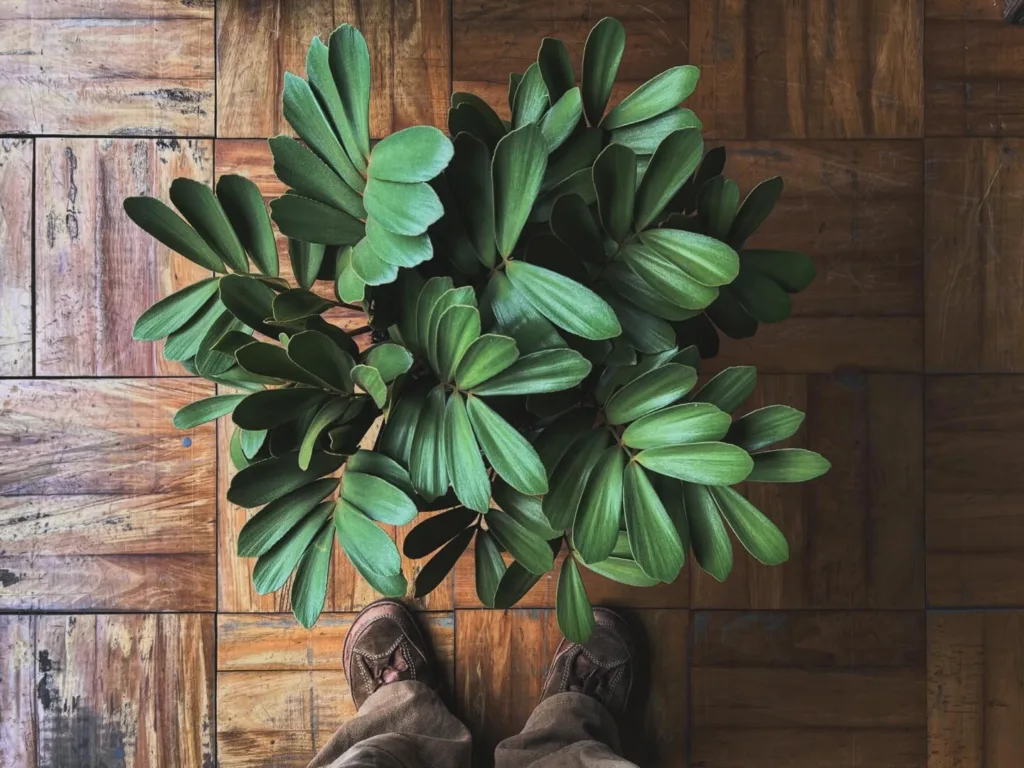FAQs About Hydrangea Aspera
As a plant enthusiast, I’ve often encountered questions about Hydrangea Aspera. This beautiful shrub is known for its stunning flowers and unique texture. In this article, I’ll address some of the most common FAQs about Hydrangea Aspera, drawing from my personal experiences and observations.
100 Species in Genus Hydrangea
What Is Hydrangea Aspera?
Hydrangea Aspera is a deciduous shrub native to Asia. It’s renowned for its large, fuzzy leaves and showy, lacecap blooms. The flowers, typically in shades of blue, purple, or white, are surrounded by a collar of sterile florets, giving them a distinctive appearance. This plant can grow up to 10 feet tall, making it a striking addition to any garden.
Will Hydrangea Aspera Grow in NW Florida?
Hydrangea Aspera thrives in USDA hardiness zones 7 to 9. NW Florida falls into zone 8, so it’s generally suitable for growing this shrub. However, Florida’s hot and humid climate can sometimes be challenging. To ensure success, choose a spot with partial shade and well-drained soil. If you’re in a particularly hot area, providing some afternoon shade will help keep your Hydrangea Aspera healthy.
How to Care for Hydrangea Aspera?
Caring for Hydrangea Aspera involves a few key practices. Here’s what I’ve found works best:
- Watering: Keep the soil consistently moist, especially during dry spells. Hydrangea Aspera prefers a moderate amount of water.
- Fertilizing: Apply a balanced, slow-release fertilizer in early spring. Avoid over-fertilizing, which can lead to excessive foliage growth at the expense of blooms.
- Pruning: Prune Hydrangea Aspera after flowering to shape the plant and remove dead or damaged wood. Light pruning helps maintain its structure and encourages better blooming.
- Mulching: Use mulch to retain soil moisture and regulate temperature. This also helps suppress weeds around the base of the plant.
How to Propagate Hydrangea Aspera?
Propagating Hydrangea Aspera is relatively straightforward. Here’s a method I’ve used successfully:
- Cuttings: Take semi-hardwood cuttings in late summer. Dip the cut end in rooting hormone, then plant in a well-draining mix.
- Division: In spring, you can divide established plants. Ensure each division has roots and shoots before replanting.
- Layering: Bend a lower branch to the ground, cover with soil, and anchor it with a pin. Once roots form, cut the new plant from the parent.
What to Plant With Hydrangea Aspera?
Hydrangea Aspera pairs well with various companion plants. Here are some of my favorites:
- Hostas: Their shade tolerance and lush foliage complement the Hydrangea’s texture.
- Astilbes: These add a splash of color and thrive in similar conditions.
- Ferns: Their delicate fronds contrast nicely with the Hydrangea’s broader leaves.
- Heucheras: Their colorful foliage adds interest and pairs well with the Hydrangea’s blooms.
Can You Grow Hydrangea Aspera Indoors?
Growing Hydrangea Aspera indoors is challenging. It requires a lot of space and a cool, bright environment. While it might survive for a short period, it’s best suited for outdoor conditions where it can thrive and reach its full potential.
Is Hydrangea Aspera Toxic?
Hydrangea Aspera is not considered highly toxic to humans or pets. However, it’s always wise to prevent ingestion of plant parts by children and animals. Some people might experience mild digestive upset if large quantities are consumed.
Benefits of Hydrangea Aspera
Hydrangea Aspera offers several benefits:
- Aesthetic Appeal: Its unique flowers and foliage make it a standout feature in any garden.
- Wildlife-Friendly: It attracts pollinators like bees and butterflies.
- Low Maintenance: Once established, it requires minimal care.
Common Problems with Hydrangea Aspera
Like any plant, Hydrangea Aspera can face issues:
- Leaf Spot: This fungal disease can cause unsightly spots on leaves. Ensure good air circulation and avoid overhead watering to prevent it.
- Pests: Watch out for aphids and spider mites. Regularly inspect the plant and treat infestations promptly.
Compare with Similar Plants
Hydrangea Aspera is often confused with Hydrangea Macrophylla and Hydrangea Paniculata. Here’s how they differ:
- Hydrangea Macrophylla: Known for its large, rounded flower heads and adaptability to various soil types. It’s less tolerant of direct sun compared to Hydrangea Aspera.
- Hydrangea Paniculata: Features cone-shaped flower heads and is more tolerant of full sun. It’s also more resilient to cold weather compared to Hydrangea Aspera.
In conclusion, Hydrangea Aspera is a captivating plant with specific needs but well worth the effort. By understanding its requirements and characteristics, you can enjoy its unique beauty in your garden for years to come.
If i die, water my plants!



